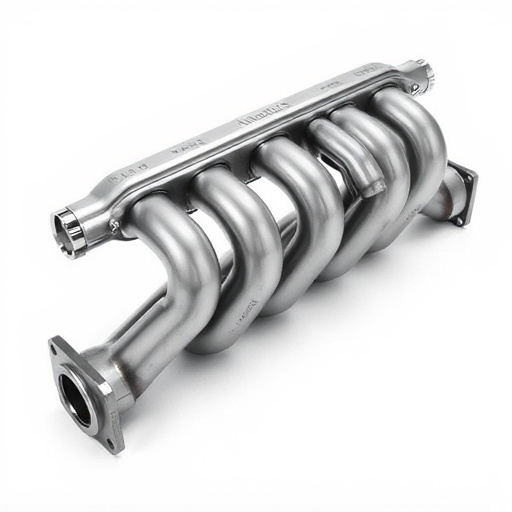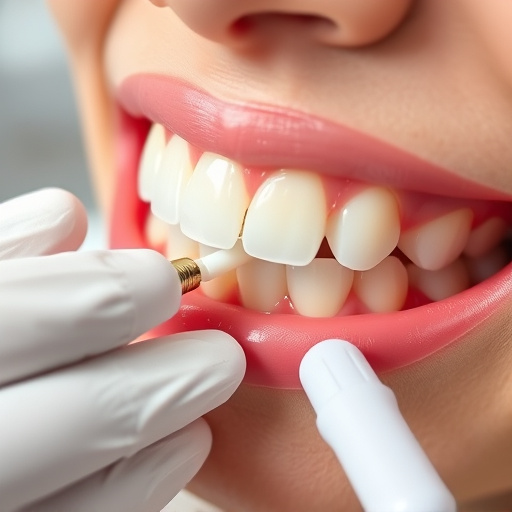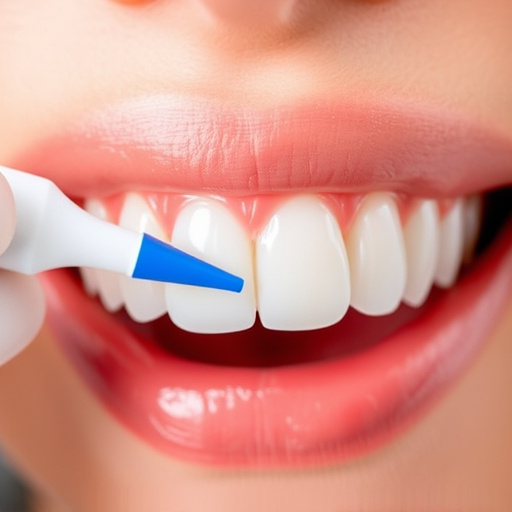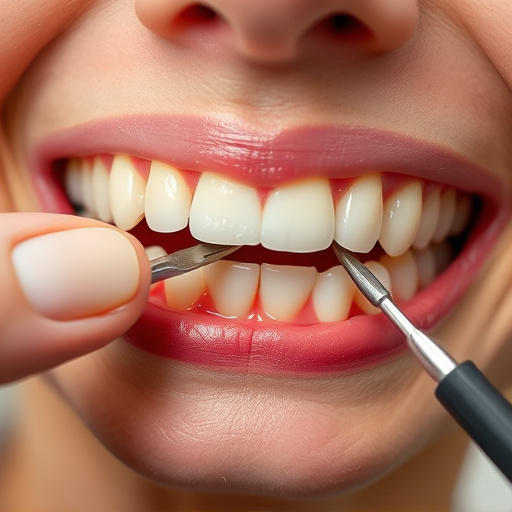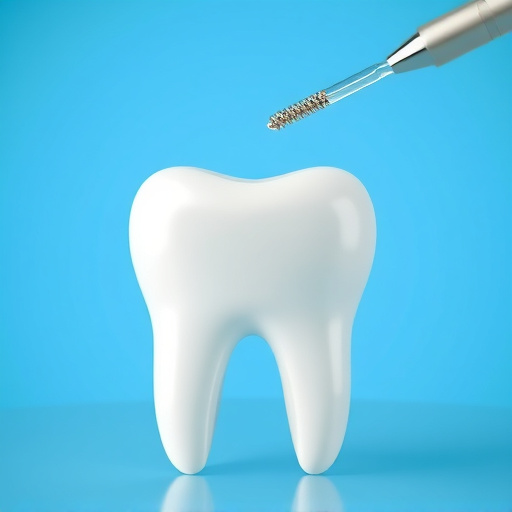Single tooth implants are a revolutionary dental restoration method, providing a permanent solution for missing teeth. This process involves surgically placing a titanium post in the jawbone, integrating with bone tissue for stability. Implants offer long-term durability, preserving surrounding teeth and oral health compared to traditional bridges. A detailed consultation initiates the process, followed by surgery and osseointegration. An abutment secures a custom dental crown, restoring functionality and aesthetics. Regular check-ups and proper care ensure successful integration, making implants a preferred choice for lasting smile restoration.
Considering a permanent solution for a missing tooth? Single tooth implants offer a reliable and aesthetically pleasing alternative to traditional bridges. This advanced dental procedure provides long-lasting support, enhancing both function and confidence.
In this guide, we’ll explore the benefits of choosing implants over bridges, delve into the process and recovery involved, and understand why single tooth implants are a top choice for those seeking a lasting restoration.
- Understanding Single Tooth Implants: An Overview
- Benefits of Choosing Implants Over Dental Bridges
- The Process and Recovery of Single Tooth Implants
Understanding Single Tooth Implants: An Overview

Single tooth implants have emerged as a revolutionary solution in dental restoration, providing a permanent alternative to traditional bridges. This advanced procedure involves surgically placing a titanium post into the jawbone to serve as an artificial root for a single missing tooth. The key advantage lies in its ability to integrate with bone tissue, creating a sturdy foundation that offers long-lasting stability and functionality.
Unlike removable alternatives or temporary fillings, single tooth implants are designed for longevity, making them an excellent choice for those seeking a permanent fix. As part of preventive dentistry, regular dental check-ups play a crucial role in identifying potential issues early on. During routine oral exams, dentists can monitor the health of existing implants and surrounding teeth, ensuring optimal performance and addressing any concerns promptly. Additionally, complementary procedures like dental bonding can enhance the overall aesthetic appeal, contributing to improved confidence and oral well-being.
Benefits of Choosing Implants Over Dental Bridges

Choosing single tooth implants over traditional dental bridges offers several significant advantages. Implants provide a permanent solution, eliminating the need for periodic replacement or adjustment, which is often required with bridges. This long-lasting nature not only saves time and money in the long run but also ensures stability and comfort for the patient.
Additionally, implants preserve the natural structure of your teeth by avoiding the need to grind down healthy tooth enamel, as is necessary for attaching dental crowns to adjacent teeth during bridge placement. This comprehensive dental care approach maintains the overall health and aesthetic appeal of your smile, making single tooth implants a preferred option for those seeking both functionality and beauty.
The Process and Recovery of Single Tooth Implants

The process of single tooth implants involves several steps designed to restore your smile permanently. It begins with a detailed consultation where your dentist assesses your oral health and determines if implants are suitable for you. If approved, the first step is usually surgery to place the implant, which consists of a titanium post surgically inserted into the jawbone to mimic the natural root of a tooth. After this procedure, osseointegration occurs – a healing phase where the bone fuses with the implant, ensuring a solid foundation. Once healed, an abutment is attached, serving as a connection point for the final restoration.
Recovery from single tooth implants involves careful post-operative care, including proper teeth cleaning and following your dentist’s instructions for wound care. Swelling and mild discomfort are common, but these typically subside within a few days. After the healing period, which can vary depending on individual factors like bone density, a dental crown is attached to the abutment, completing the restoration. Unlike bridges or dental bonding, single tooth implants offer a permanent solution, providing both functional and aesthetic benefits for years to come.
Single tooth implants present a permanent and effective solution for replacing missing teeth, offering numerous advantages over dental bridges. Their durability and natural appearance make them an attractive option for those seeking a long-term fix. The procedure involves a precise surgical process and appropriate aftercare, resulting in a restored smile that can last for many years with proper oral hygiene. This advanced dental technology empowers individuals to regain confidence and enjoy their favorite foods once again, without the concerns associated with traditional bridges.


